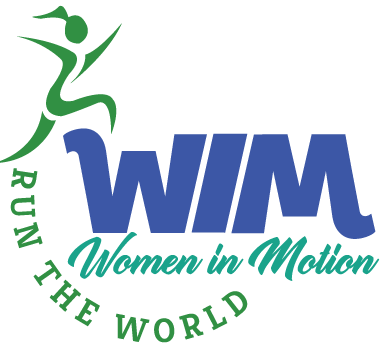Congratulations on making it through the month of January! 2022 is in definitely in full swing. How are you doing with your fitness goals? Have you been reaching your daily step goal? How are your feet feeling? Are you wondering what type of shoes are best for running, walking, and hiking? Every foot (or set of feet) is different, so there are no absolute rules about shoes. Therefore, I highly recommend shopping in person at a specialized running or outdoor adventure store where the sales people are trained in fitting you for shoes. These trained professionals can help you find the best shoe for your particular feet and needs. However, there are a few tips I would like to share:
FIT
While every foot is different, you will want to have plenty of room for your feet to expand, regardless of what brand or type of shoes you buy. The #1 problem I see among walkers, hikers and runners is people wearing shoes that are too small! Remember Goldilocks? Your fitness shoes should be a full size to even one and a half sizes bigger than your regular shoes. Yup, your feet are going to swell as you engage in activity and you want to make sure you have enough room in your fitness shoes to account for that. You may have heard about runners’ getting black toe nails. This occurs when the toe bumps up against the shoe mile after mile. Make sure you have plenty of space for your toes to move inside the shoe. When shopping for shoes, try them on at the end of the day, preferably after you’ve done some walking already so that you get the truest fit possible. Do not try on running, walking or hiking shoes first thing in the day. Also, especially if you have wide feet like I do, look for a shoe with a wide toe box. That will also help make sure your toes are not pushing against the front of the shoe. A good rule of thumb (pun intended) is to have at least a thumb’s length from the end of your toe to the end of your shoe.
MILEAGE
Most running, walking and hiking shoes are designed to last 300-500 miles. If walk about 3 a day (good for you!), that means you will need to replace your shoes after 100 days. That’s about every 3 months! Rather than buying a new pair every 3 months, I recommend buying two pairs at the time (or more!) and rotating which ones you wear. Your feet will thank you for rotating your shoes regularly. And not only will your feet feel more comfortable, you will also have an easier transition when it is time to break in new shoes. It is never advisable to wear out one pair completely and then start with a brand new pair. Not only do I rotate the shoes I run in regularly, I also rotate my shoes in and out of the “run rotation”. What do I mean by that? Obviously, I use my best (read: newest) shoes for running. But before they wear out, but when they are no longer the “best” (say when they get to 250 miles of wear), I stop running in them and wear them while doing errands or casual walking. As a result, the last 150-200 miles are less intense on my feet (and the shoe) than the first 250.
FEATURES
Aside from a good fit, there are a few additional features to look for when picking a shoe for running, walking, or hiking:
- Breathability. Sweat creates chaffing and blisters. If you have never experienced chaffing and blisters, trust me that you never want to! Good shoes are designed to make sure there is enough airflow around your feet to wick away sweat. Also, some trail running shoes and hiking shoes are specifically designed to let water drain out of them, which is a huge benefit if you run or hike through puddles or across streams. This feature also helps a lot when running in rain.
- Cushion. How much cushion you should have is primarily a matter of preference. Personally, I am more comfortable with minimalist shoes that have very little cushion because I have found that literally “feeling the road” helps my running stride. But that is just my preference and yours may be different. Many (ok, maybe “most”) people prefer more cushion than less, especially as they increase mileage. I recommend trying out the shoes in person to see which level of cushion feels best to you.
- Support. Shoes can offer support in the arch as well as minimize pronation (ankles rolling inward) and supination (ankles rolling outward). If you already know that you supinate (your shoes are more worn on the outside of the heel than the inside), you will want to buy a “neutral” shoe. If you tend to pronate, you will want to buy a “motion control” shoe. If you are not sure what type of support you need (if any), I recommend visiting a specialized running or outdoor adventure store. There they will ask you to run around the store or on a treadmill so that they can analyze your stride first-hand and better advise you on what type of shoe is best for you.
And finally, a word about price. Running, walking, and hiking are relatively inexpensive sports, which is a great thing. Unlike cycling, snowboarding, and other sports, they do not require a lot of gear. Nevertheless, I highly recommend investing in good quality running, walking and hiking shoes. These shoes will typically cost you $100 or more at full price, not taking into account sales or clearance discounts. While that may seem daunting at first, your feet will thank you for making the investment in their care and comfort.

